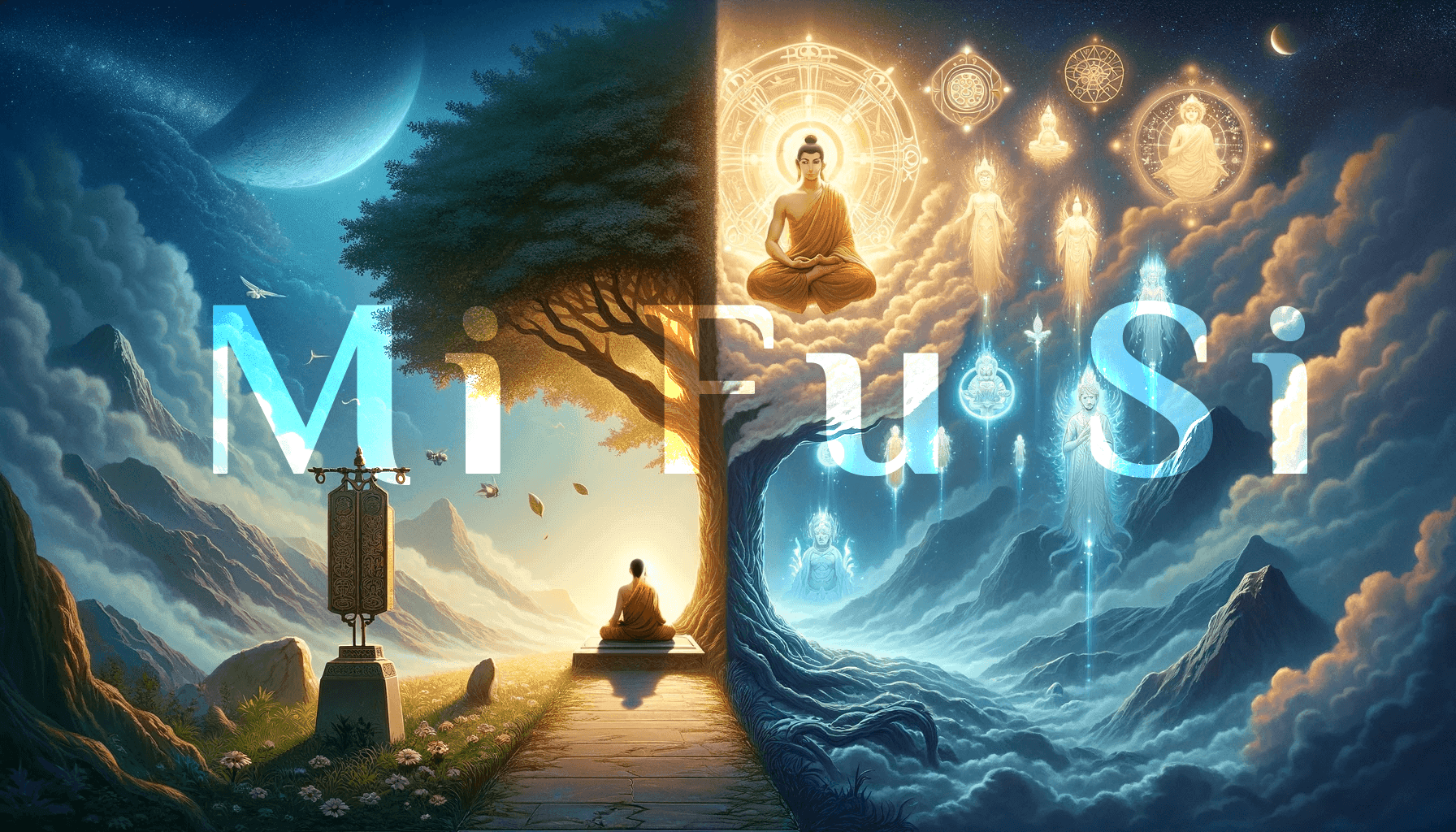SELF-RELIANCE VS. DIVINE HELP by TTC on 04 May 2009, 03:18, translated by Horangi
Question: What are the necessary steps for a religious practitioner to reach spiritual destinations such as Heaven or Nirvana? Does Old_Guru Secret Teaching exclusively depend on the Buddha’s power to free individuals from the cycle of sin and suffering?
Answer: According to Buddhist scriptures, individuals are encouraged to pursue salvation, Nirvana, enlightenment, and realization through self-reliance rather than relying on divine intervention (such as from Buddhas, Bodhisattvas, gods, or devas). However, practitioners of Mật Tông (Old_Guru Secret Teaching) adopt a different approach, seeking salvation through a combination of self-effort and the assistance of external saviors.
The self-help practice consists mainly of the three exercises and the four virtues. The external help comes from the support of the Divinities, empowering the practitioners, consolidating their faith, and helping them to sensitize others to the Divinities. Thus the practice of self-reliance is limited while the Divinities’ power is limitless. Without external help, the religious practitioner could only achieve at most a few abilities.
All religious individuals pray to the Highest Being and cultivate virtues in pursuit of blessings and salvation. In Buddhism, practices such as meditation, observing precepts, and developing wisdom are viewed as efforts through which individuals demonstrate their devotion to the Divinities, thereby receiving their compassion and salvation.
Similarly, religious practitioners aiming to reach the realms of Heaven must fulfill basic procedures such as praying, observing precepts, and accumulating merits. They then await the guidance of the Divinities to lead them there. Just as someone in Vietnam seeking to travel to the US must complete all necessary documentation and obtain approval from both governments before boarding a plane, individuals can’t reach Nirvana or attain salvation solely through their efforts.”
Contrary to Buddhism’s heavy emphasis on self-effort through various meditation techniques, Catholicism advises adherence to God’s commandments and seeking His blessings through prayer. Similarly, other theistic religions assert that achieving enlightenment, liberation, salvation, or unity with the universe through one’s efforts is impossible. Instead, human salvation is believed to depend solely on God’s grace and in alignment with His will.
Question: What are the necessary steps for a religious practitioner to reach spiritual destinations such as Heaven or Nirvana? Does Old_Guru Secret Teaching exclusively depend on the Buddha’s power to free individuals from the cycle of sin and suffering?
My thoughts: In exploring the path to spiritual attainment, practitioners often seek guidance on how to reach destinations like Heaven or Nirvana. These destinations represent states of ultimate peace, bliss, and liberation from worldly concerns. To embark on this journey, practitioners typically focus on various key principles and practices.
Firstly, adhering to moral conduct forms a foundational aspect. This involves living by ethical standards, and spiritual principles such as compassion, honesty, and altruism. However, moral conduct is not to be followed strictly and rigidly to achieve saint-like perfection. As human beings, no one is flawless, and no amount of cultivation can eliminate the inherent imperfections or shadow aspects of individuals. Instead, moral conduct serves to refrain from engaging in harmful deeds and from exploiting others for personal gain. Therefore, a moral conduct rating of 6 out of 10 is deemed acceptable.
Secondly, meditation and mindfulness are believed to cultivate inner qualities crucial for gaining clarity, insight, and a deeper understanding of oneself and reality. Mystic practitioners utilize meditation not for the sole purpose of emptying the mind, but to focus on divine grace, awaiting spiritual insights to complement secular solutions or unravel supernatural principles.
Furthermore, wisdom and understanding are essential elements. Studying sacred texts, teachings, and philosophical concepts deepens one’s knowledge of spiritual truths and the path to enlightenment. This intellectual inquiry complements experiential practices, fostering a well-rounded spiritual journey.
In regards to Old_Guru Secret Teaching, while it regconize personal effort, it also emphasizes the power of invoking blessings from Divine Beings. While practitioners engage in self-reliant practices like meditation and ethical living, they may also seek the assistance of Buddhas, bodhisattvas, and divine beings through prayers, rituals, and mantras. This balanced approach combines personal effort with divine grace, guiding practitioners toward liberation from suffering and the realization of spiritual goals.
HTG
Related Post

ST TRAN’S EXORCISM AND COMMENTARY
Saint Trần exorcises evil spirits. Introduction: In 1920, the French Society for Psychic Research sent two representatives, Mr. Camille Flammarion...
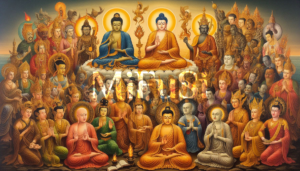
Atheism vs Blind Believer
Atheism vs Blind Believer The issue of Faith in major religions The concept of faith varies significantly across major religions....
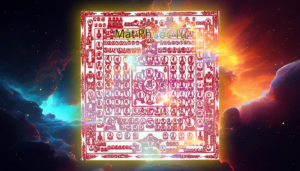
QUINTESSENCE OF ESOTERIC BUDDHISM: SPECIAL CHAPTER
SPECIAL CHAPTER The Celestial Scroll for the transmission of the Secret Doctrine (secret seal) This is the sacred Yantra...

Chapter VI: III – Ucchusma On The Supernatural Power That Stops Hundreds Of Transformations
III. Ucchusma On The Supernatural Power That Stops Hundreds Of Transformations. North India, Samana Ajitasena brought over this Sutra under...
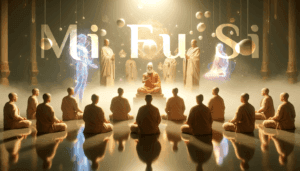
To be a true devotee
To be a true devotee (Người tu học chân chính by Hàn Sơn on 25 April 2014, 10:19 - translated...

A Kidnapping Story with a Good Ending
A Kidnapping Story with a Good Ending (Câu chuyện bắt cóc có hậu by thànhtâm on 25/04/12, translated by ngocxuan,...
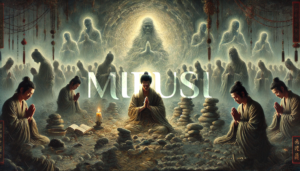
Last chance for the Holy Spirit’s Blessings
Last chance for the Holy Spirit's Blessings "Thánh Thần cứu vớt kỳ chót" posted by Bạch Hạc on 08 Dec...
The High Priestess (II) Reversed
The High Priestess (II) Reversed (Card Descriptions Based On Original Rider-Waite Colors – Still Under US Games Inc. Copyright) Keywords...
